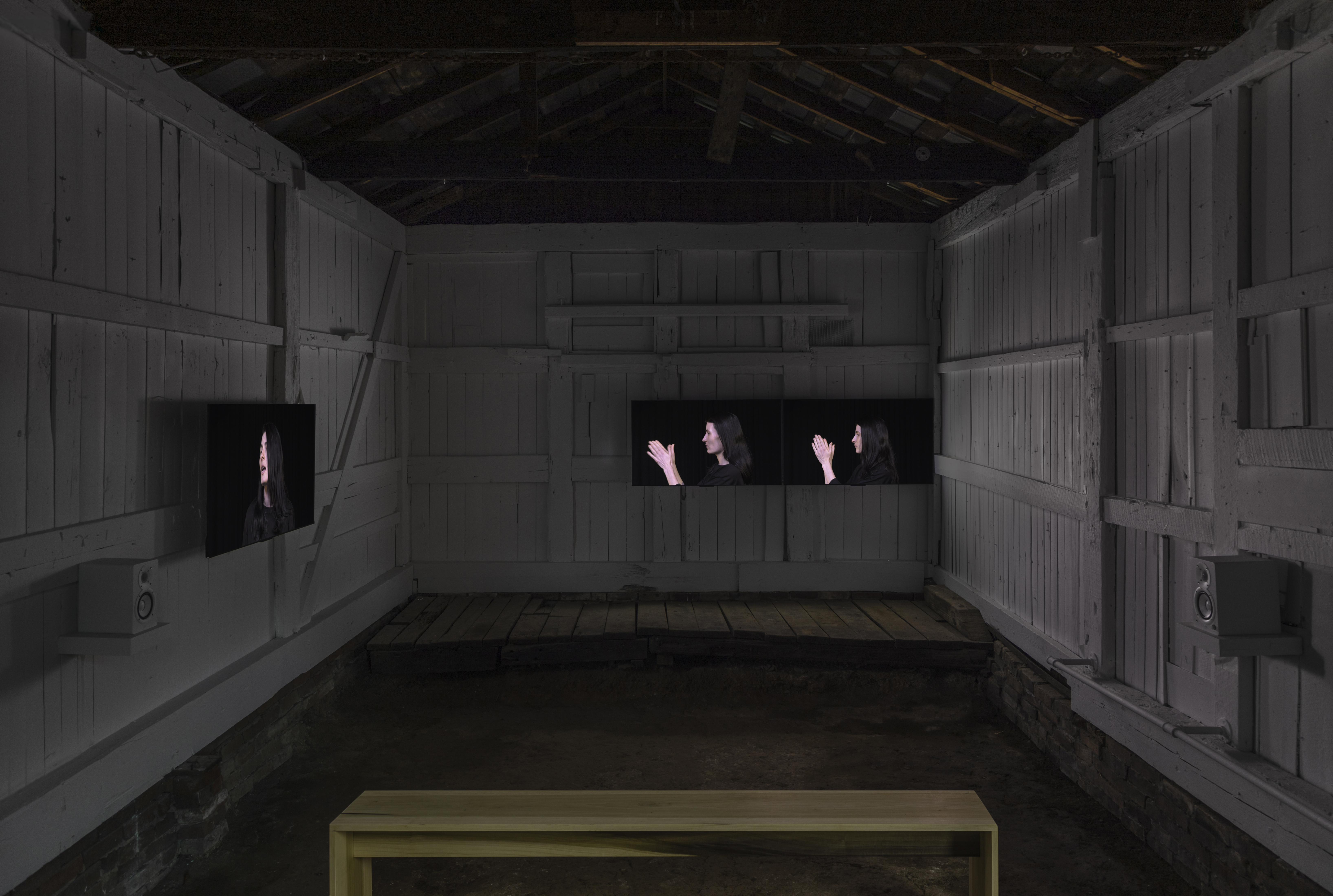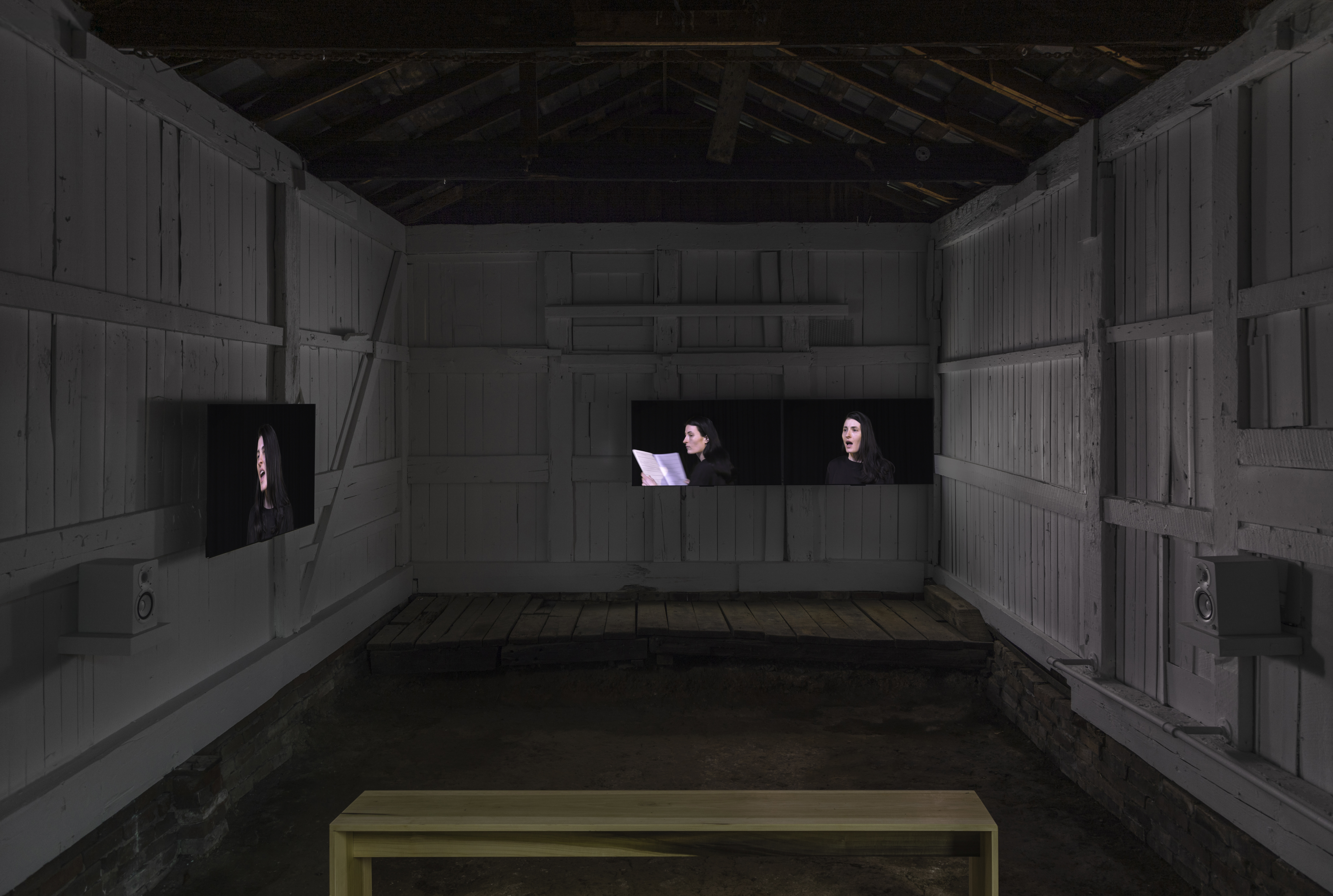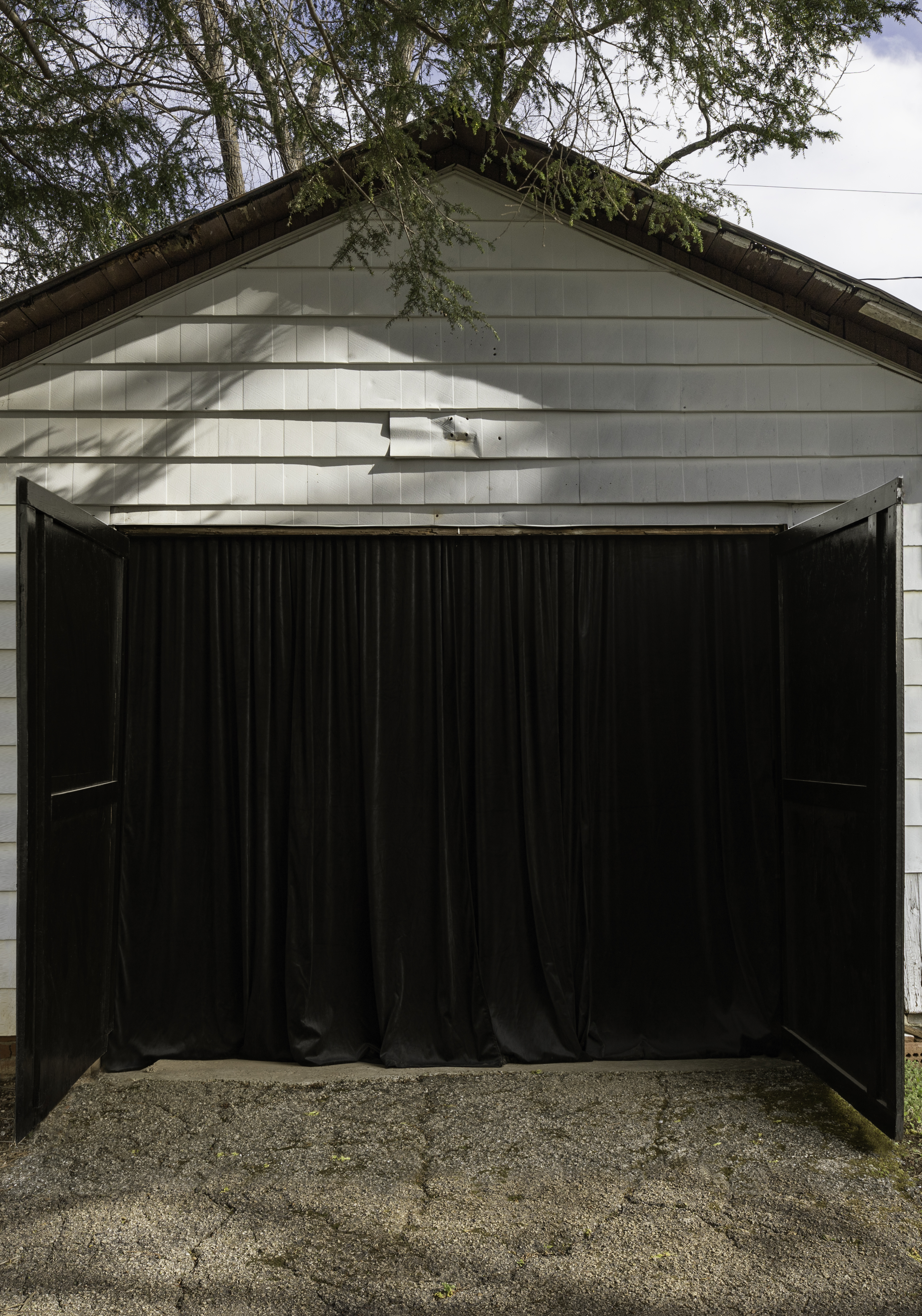
Justine A. Chambers, Kyle Alden Martens & Kern Samuel
Bag, curated by Elly Reitman
September 19 - October 26, 2025
Ellie Rae Hunter
Heel
August 1 - September 10, 2025
Adi Blaustein Rejto
The Possibilites of Apples
April 12 - May 28, 2025
Adrienne Herr
4 possible endings that are so happy they make you cry
March 14- April 5, 2025
Audrey Gair
Rind
November 22, 2024 - January 4, 2025
Phyllis Baldino, Max Guy & Ellie Rae Hunter
Outliners
October 4 - November 10, 2024
Elly Reitman
energy
August 16 - September 20, 2024
Michelle Grabner, Kathleen Morris & Bronson Smillie
The Weather, or some other accident, curated by Danica Pinteric
Tiziana La Melia
Country Mouse City Mouse Hamster
June 7 - July 6, 2024
Jacob Jackmauh, Caitlin McCann & Benjamin Stallings
As for me, I’m just passing through this planet
March 8 - April 14, 2024
Irina Jasnowski Pascual
Wipers
September 15 - October 29, 2023
Coco Klockner
honesty
July 8 - August 6, 2023
Morgan Canavan, Ben Estes, Marisa Takal
More Coming Back & More Returning
May 5 - June 11, 2023
Sylvie Hayes-Wallace
Center of the Universe
August 5 - September 18, 2022
Amanda Horowitz
Bad Water, True West or Between Myself the Crickets and the Coyote
performed by Sophia Cleary and Ada Friedman
July 14 & July 15, 2022
Suzanna Zak
Coming Home to the Ice Age
opening May 13 - June 24, 2022
Strauss Bourque-LaFrance, Milano Chow, Jenni Crain,
Kristin Dickson- Okuda, Rubens Ghenov, Ann Gillen, KB Jones,
Michael Kennedy Costa, Sean Macalister, Sarah McMenimen,
J. Parker Valentine, Anna Rosen
XX Perfect Souls, curated by Natalie Smith
April 1 - May 6, 2022
Justin Chance, Cameron Cameron, Tristan Higginbotham
Serendipity Trail
February 12 - March 25, 2022
Noah Furman
Beginners
December 3, 2021 - January 25, 2022
Angélique Heidler
Piselli
October 8 - November 19, 2021
Natalie Smith
Nothing Within or Without
August 13 - September 14, 2021
Celia Lesh & Esther Sibiude
A Hole Filled With Noise, curated by Colleen Billing
July 2 - August 2, 2021
E. Saffronia Downing
Field Dug Over
May 21- June 27, 2021
Thew Smoak
Body Without Organs
April 2 - May 2, 2021
Eleanor Conover
Learning From the Steep Slope
March 5 - March 30, 2021
★
About
Instagram
★
open by appointment
located beside
320 E. Churchwell Ave
Knoxville, Tennessee

Page 6-7, 2024, score for 4 possible endings that are so happy they make you cry

Page 6-7, 2024, score for 4 possible endings that are so happy they make you cry

4 possible endings that are so happy they make you cry, three-channel video with stereo sound

4 possible endings that are so happy they make you cry, three-channel video with stereo sound

4 possible endings that are so happy they make you cry, three-channel video with stereo sound

4 possible endings that are so happy they make you cry
Adrienne Herr
March 14 - April 5, 2025
4 possible endings that are so happy they make you cry is a three-channel video work in which three voices act simultaneously. They’re part of the same though they speak over, through and across each other, as if each were a thin wall in the construction of a person. Sometimes they move, for instance, when Voice 1 sings I’m in Heaven, Voice 2 and Voice 3 spin.
The voices are more than sound in that they have faces, but their faces are less than people. They act language as if pure material, sound in and through a body. After some more sonic juggling, Voice 1 riffs on existence that eventually becomes eggs: the sounds and their relationships to language (meaning) constantly become, just like the most concrete parts of what’s being said concerns existence. (I am just here to experience it / work-er / work her / I am just here to expire).
The voices make an equal amount of sense. It’s not like one says things in a more coherent way than the others. Sometimes they say full words, often enough to clarify the connection between what they say and what it once meant, or still means. Sometimes they repeat the words many times.
The voices look neutral, everything around them is black like in a theater box; a place where things and people are suspended from context. Observing the voices feels like looking at lingual parts in a microscope. Language before or after sense. What is language, then? It is an inward facing whirl of where it comes from at all. It is about the foundation of a person, why someone learned what they did. The constant flipping between being and perceiving.
The work was created first by recording multiple spoken improvisations that were then made into one composition, and subsequently transcribed into scores that are on display in this exhibition. Adrienne practiced the scores to the point where she could act them, thus creating a kind of reverse motion where what was initially an improvisation became the object of intense study in an ultimately impossible labor towards synchronicity. But as a spectator you barely perceive that the voices on the screen don’t actually speak. Right?
If improvisation, or immediacy, relates to the subconscious, and studying and laboring relates to the conscious, and if we agree that individuals mostly communicate with each other via rationality, this work reverses that. Here, the rational self is entirely focused on the immediate self. The immediate self yells and yodels; breaks and connects lingual parts in what becomes a demonstration of the (artist) individual as enveloped by a hyper “rationalised” economic structure, where the artistic resource and product is the self. Not in a way that seems to give answers, solutions are after all a supremely rational thing to want.
Voice 2 says individual force, Voice 3 a lot from you. Voice 2 individual, Voice 1 intention dissolving into something high pitched and rhythmical while Voice 3’s expect turns into a monotonous moan and Voice 2 continues to say individual in a way where sound is created through reversal of the breath. If the work reverses the relationship between rationality and immediacy, I think this is mirrored in the reversal of breath, the materiality of the voice becoming the discrete means to a thought, veering towards completion but ultimately rebelling into laughter, or into spit, or into breath, or into multiple iterations of the same face. When Voice 1 says I love it, 2 and 3 run.
–Cecilie Norgaard
★
